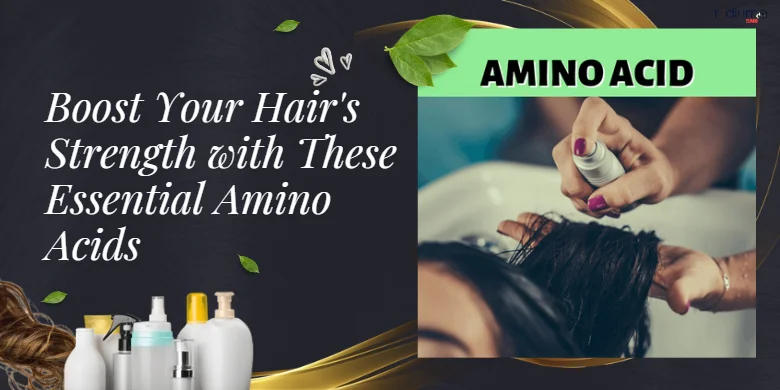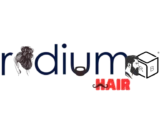Chemical Properties

Keratinization is the natural process in which newly formed cells in the hair bulb develop into mature hair cells by filling up with a protein called keratin. These mature cells then move up towards the surface of the skin, lose their nucleus, and eventually die, contributing to the growth and shedding of hair.
Keratin–
Keratin is a fibrous protein that originates from cells within the hair follicle. The major elements that make up human hairs are Carbon, Oxygen, Hydrogen, Nitrogen & Sulfur, which are known as COHNS elements. It is composed of 18 different types of amino acids. Among these, the most abundant ones are Cysteine, Cystine, Serine, Glutamic Acid, Glycine, Threonine, Arginine, Valine, Leucine & Isoleucine. Alpha-keratin, a fibrous protein with a low sulfur content, is the most abundant protein found in hair. It has a molecular weight of approximately 45,000 & is insoluble in water. Keratin can be reshaped with the help of water vapor, which is commonly known as “styling” the hair.
Amino Acids–
Amino acids are units that are joined together end-to-end like pop beads by strong, chemical peptide bonds to form the polypeptide chains that make up proteins.
Melanocytes
are cells that produce melanin in the body. They use tyrosine, amino acid is involved in protein synthesis, as a precursor to synthesize two primary types of melanin, eumelanin & pheomelanin. Eumelanin is a dark pigment that is commonly found in black hair, while pheomelanin is a lighter pigment that exist in golden, blonde & red hair.
Peptide Bond –
The peptide bond, also known as the end bond, is the chemical bond that joins amino acids to each other, end-to-end, to form a polypeptide chain.
Proteins are complex molecules made up of long chains of smaller building blocks called amino acids, which are folded & coiled into specific shapes to perform various functions in the bod.
The side bonds of the cortex link the polypeptide chains together, which are long chains of amino acids linked together by peptide bonds, and are responsible for the strength and elasticity of human hair.
There are three types of side bonds:
Hydrogen Bond:
The hydrogen bond is a weak, physical cross-link bond that can be easily broken by water or heat.
Salt Bond:
The salt bond is also a weak, physical cross-link bond that is broken by alkaline or acidic solutions.
Disulfide Bond :
The disulfide bond is a strong, chemical side bond that can be broken by extreme heat, some high–temp styling tools, permanent waves, and chemical relaxers.

